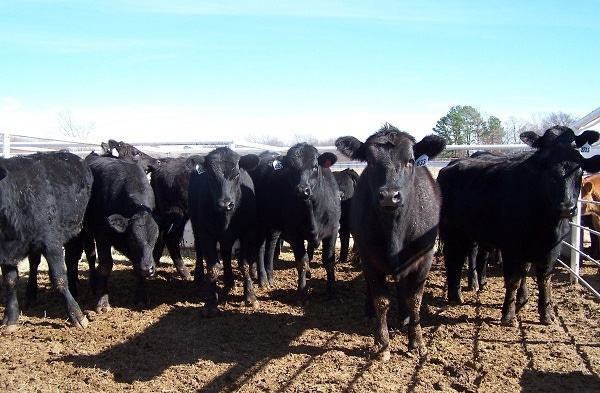July 8, 2014

If cattle producers have adequate grazing available those record high cattle and beef prices might not be too big an obstacle to overcome to rebuild herds.
“’Out of sight’ is a good term for the prices,” said Dr. David Anderson, AgriLife Extension specialist in livestock and food products marketing. “And it doesn’t really matter whether we’re talking about retail prices to consumers, the wholesale beef market or at sale barns for calves and feeder steers.”
Both choice and select wholesale prices continue to set new record highs, with choice taking more than $248 per hundredweight, according to Anderson.
“We sold fed cattle last week in the Panhandle at $158 per hundredweight,” he said. “Lightweight calves were selling roughly at $2.75 per pound, and 750-pound feeder steers at $2.15 to $2.20.”
But contrary to what might be thought—that the high prices for calves and replacement heifers would discourage herd rebuilding—the out-of-sight, across-the-board record prices are encouraging rebuilding herds in some areas, Anderson said.
Some beef-producing areas have seen relief from the drought; other areas have not, Anderson explained. The fickleness of the drought, coupled with historically low beef cattle inventories, is making rebuilding herds a good investment http://today.agrilife.org/ – even with record-high prices.
You May Also Like




